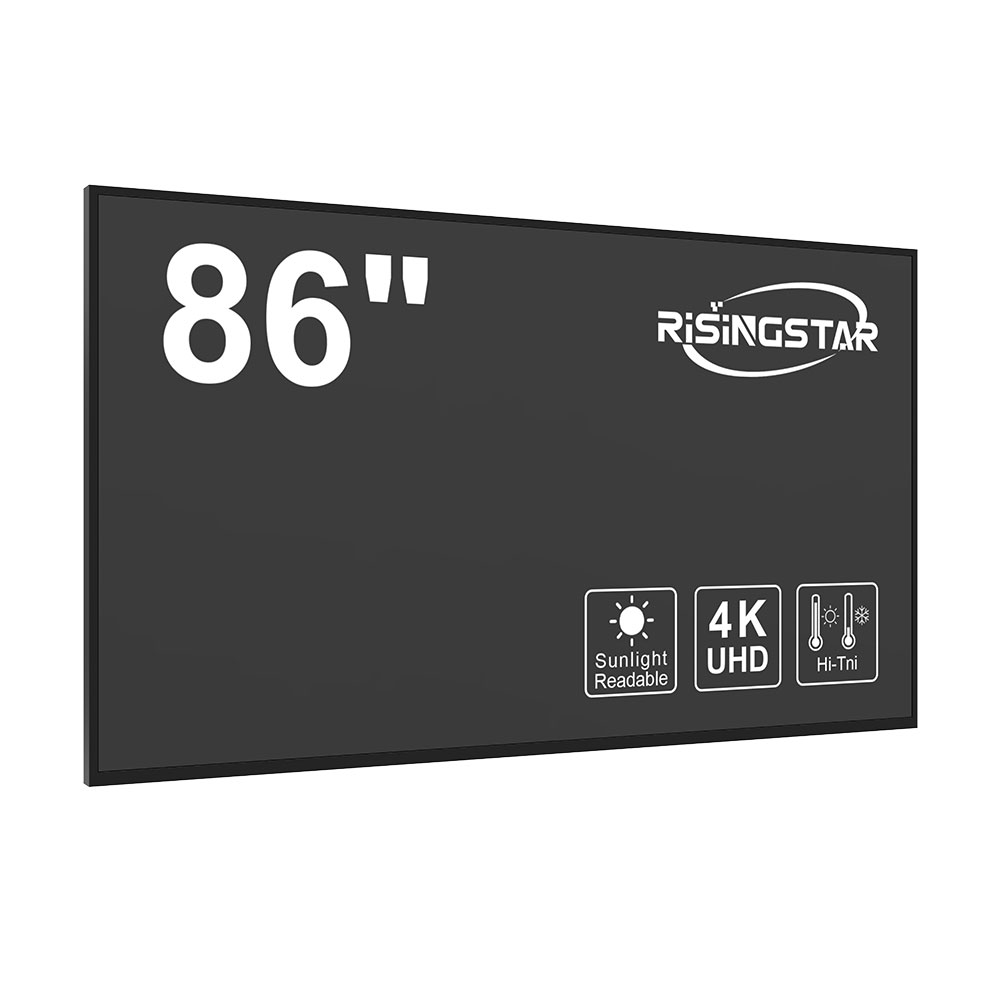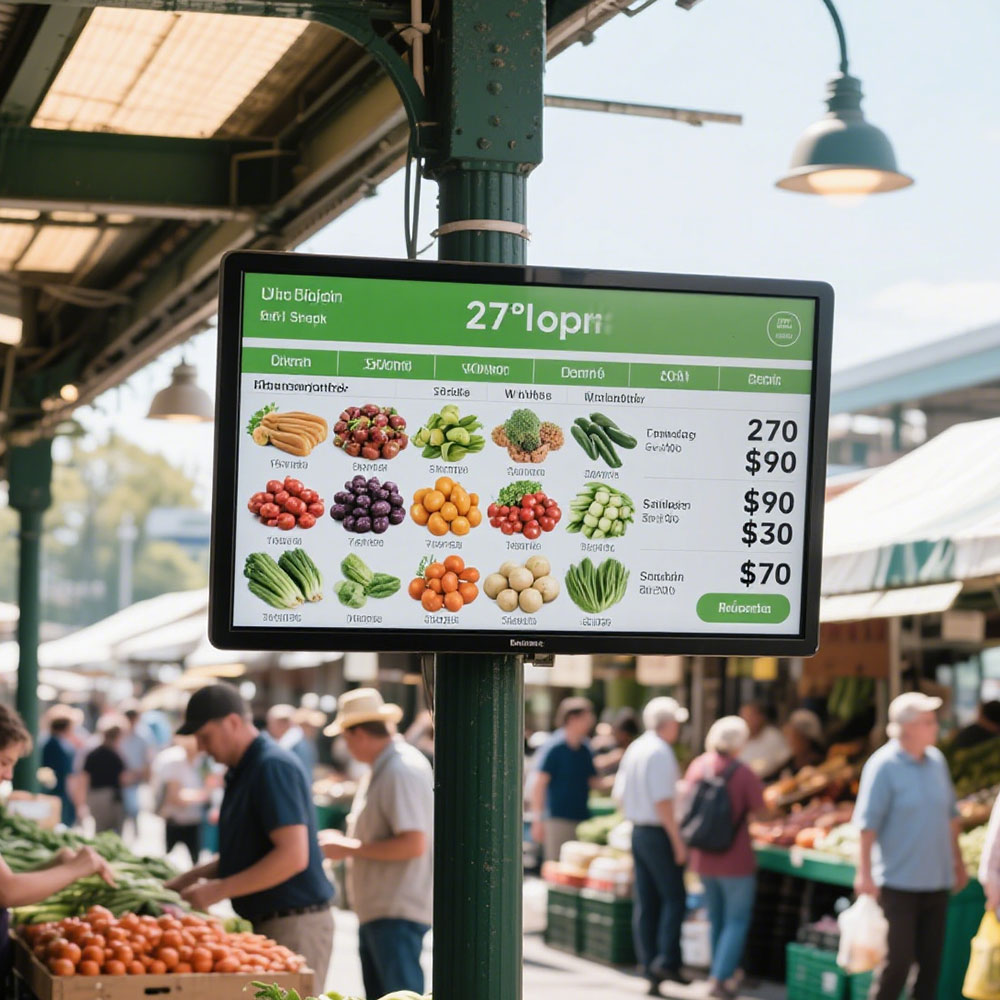When it comes to outdoor display technology, the choice between LCD and OLED is not just a matter of preference—it’s a critical engineering decision that impacts performance, longevity, and cost-effectiveness. In recent years, both technologies have evolved significantly, especially for demanding environments like construction sites, public transportation hubs, and retail kiosks exposed to direct sunlight and extreme temperatures.
LCD (Liquid Crystal Display) remains the dominant solution in many outdoor applications due to its mature manufacturing processes, lower power consumption at high brightness levels, and superior durability under UV exposure. For example, industrial-grade LCD panels with brightness ratings exceeding 5,000 nits are now standard in outdoor digital signage systems. These panels use advanced backlighting—such as LED or mini-LED arrays—to maintain visibility even in full daylight. Additionally, LCDs typically feature ruggedized enclosures with IP65 or higher ingress protection, making them ideal for wet or dusty conditions.

However, LCDs have limitations in contrast ratio and viewing angles. Their reliance on a constant backlight means blacks appear grayish, reducing image depth—a drawback in premium visual content. Moreover, response times can lag in fast-motion scenarios, which matters for live video feeds or interactive displays.
OLED (Organic Light-Emitting Diode) offers a compelling alternative, particularly where image quality is paramount. Each pixel in an OLED screen emits its own light, eliminating the need for a separate backlight. This results in perfect blacks, infinite contrast ratios, and wider viewing angles—critical for user engagement in crowded urban spaces or vehicle dashboards. Recent advancements in encapsulation techniques have improved OLED's lifespan under outdoor stress, with some models now rated for over 50,000 hours of continuous operation.
That said, OLEDs still face challenges in outdoor brightness consistency. While modern OLED panels can reach up to 1,000–2,000 nits, they often require dynamic brightness adjustment algorithms to prevent burn-in and optimize energy use in varying ambient light. Furthermore, OLEDs are generally more expensive than LCDs and may degrade faster when exposed to prolonged sunlight without proper UV filtering coatings.

Industry standards such as IEC 60068-2 for environmental testing and MIL-STD-810G for military-grade durability provide benchmarks for evaluating both technologies. Real-world deployments—like Samsung’s outdoor OLED billboards in Tokyo or LG’s LCD-based transit screens in London—demonstrate that each technology has its niche. The key is matching application requirements: if you need long-term reliability and high brightness in direct sun, LCD wins. If you prioritize visual immersion and sleek design in controlled outdoor settings (e.g., luxury retail), OLED may be worth the investment.
Ultimately, the future lies in hybrid solutions—such as micro-LED, which combines OLED-like contrast with LCD-like durability—and smart adaptive brightness control systems that extend screen life while maximizing efficiency. For engineers and procurement teams, understanding these trade-offs ensures better ROI and user satisfaction across global markets.







